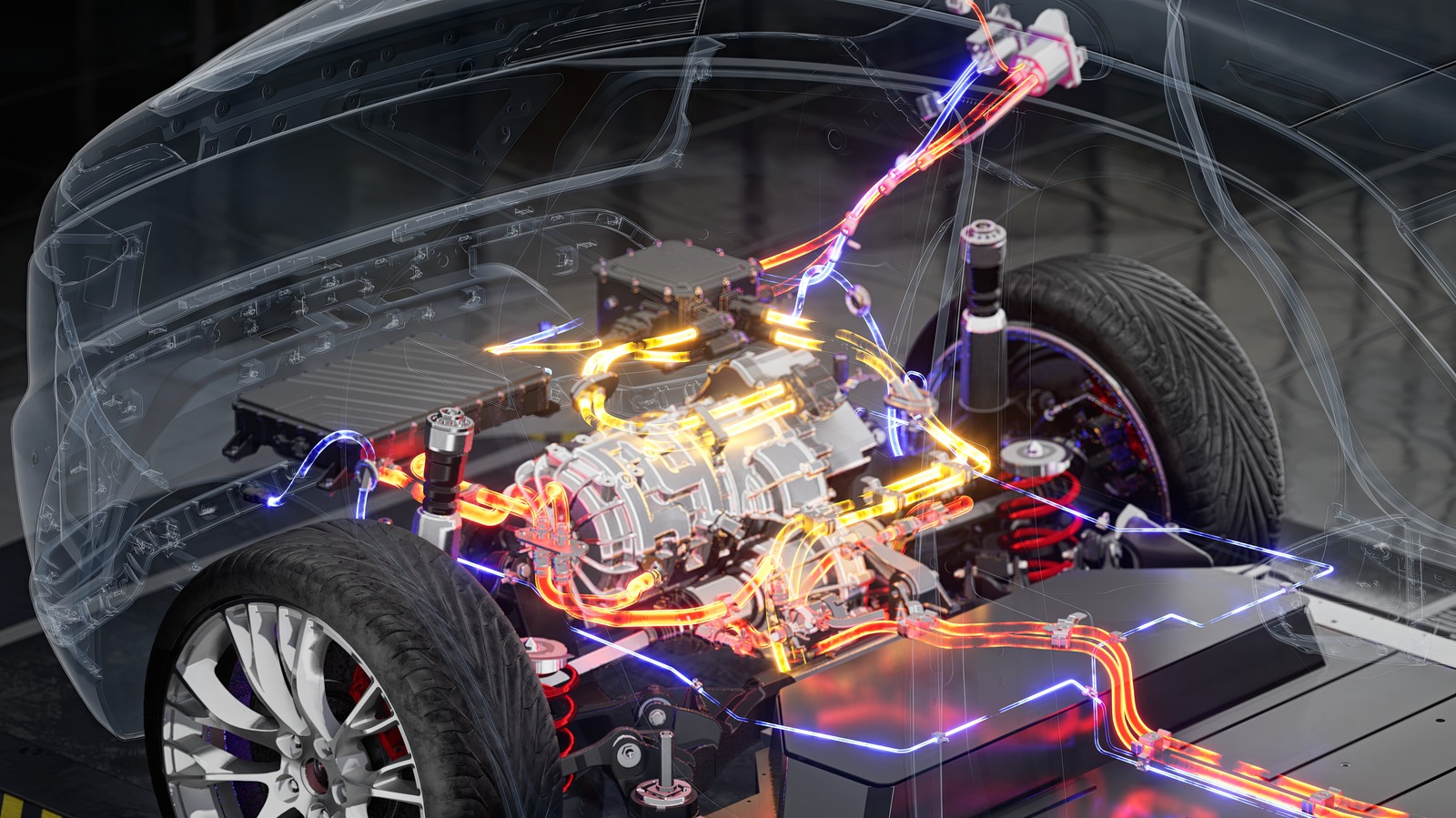Simply by popping the hood of an ICE vehicle, it’s easy to see that it’s an incredibly complex system. While the technology for internal combustion engines has improved drastically since their inception, they’ve never really become less complex. From the starter and carburetor, to pistons and valves, an internal combustion engine contains thousands of components, many of which are part of the powertrain.
Included in an ICE vehicle’s powertrain are the engine, transmission, driveshaft, axles, and differentials. The engine is obviously the heart of it all, as that’s where everything begins. Through moving pistons, the engine generates immense amounts of energy and transmits it to the transmission, where it can send the appropriate amount of power to the wheels.
The axles do more than hold the wheels to the chassis of the vehicle; they rotate and transmit the power from the transmission to the wheels as well. Differentials help cars properly round corners, as they allow each wheel to spin at a different rate from each other.







